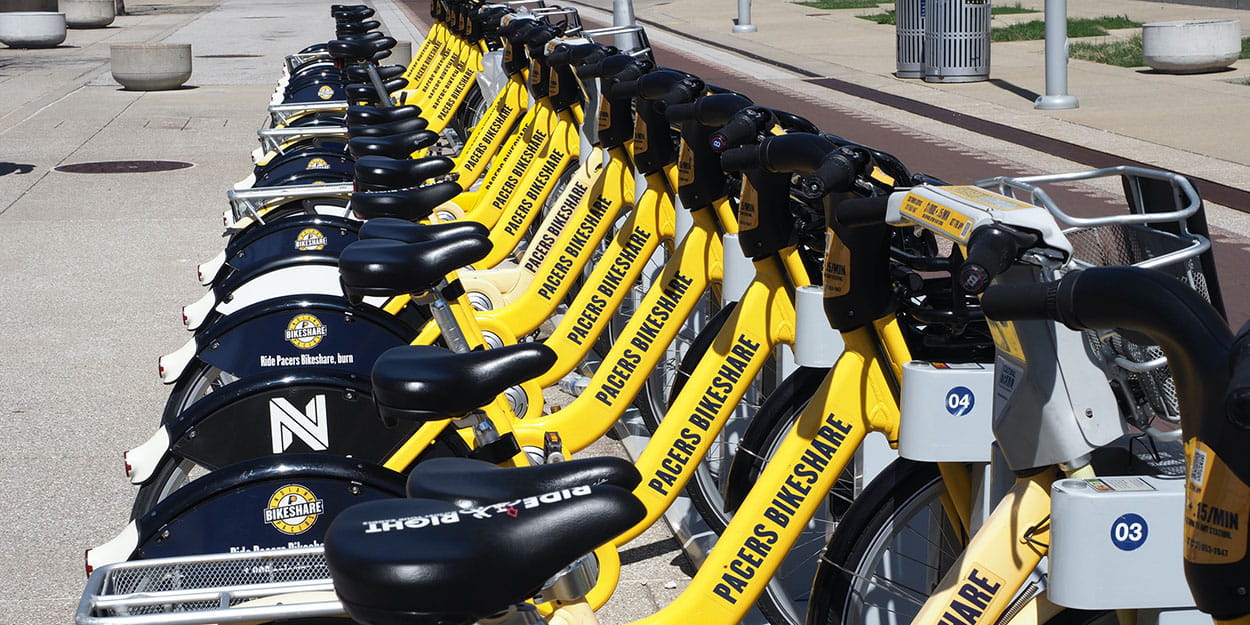Many consider urban living as the most sustainable form of community given the concentration of infrastructure, resources, protection of arable land, and compact housing. In fact, urbanization is becoming the global norm with the percentage of global population living in urban settings having increased to 55% in 2018 from less than 30% in 1950. Moreover, the percentage of urban dwellers is expected to increase to 68% by 2050, according to the United Nations.
The promise of a healthy and sustainable urban future is clouded, however, by the reality of environmental insults, economic disparities, and behavioral pressures that exist in modern cities (Filippelli and Laidlaw, 2010; Wiehe et al., 2010). The challenge is not how to build a shiny carbon-neutral city from scratch, but rather how to transition our current urban state toward one that is healthier, has less environmental impact, and is more prepared to respond and adjust to variety of environmental, social, and health changes in the future (Johnson & Wilson 2009, Johnson et al., 2009, Huntington, 1996).
The Center's Work
To that end, the Center works closely with community-based partners to promote environmental justice. Those include health departments, libraries, museums, and schools to organize community-based science projects (commonly known as citizen science) that extend the reach of the Center by engaging residents through science projects.
Those include the Anthropocene Household; Bookworms; Lead Screening Kit; Map My Environment; and more. Through these projects, the Center can better identify those compromised environments so that together we can create safer urban spaces for all.
